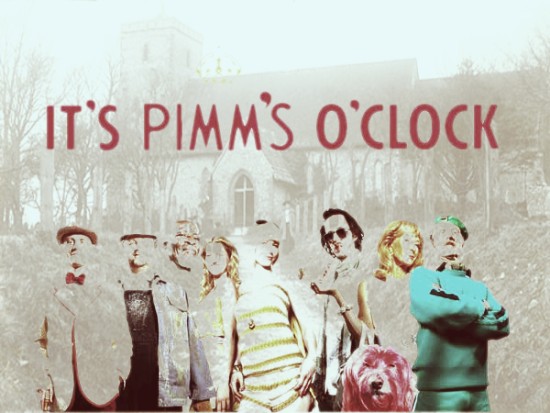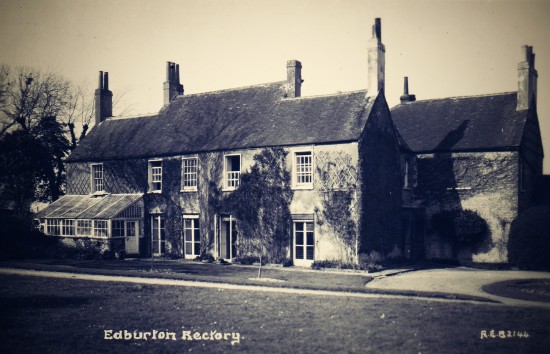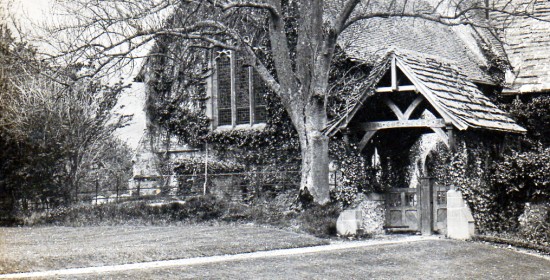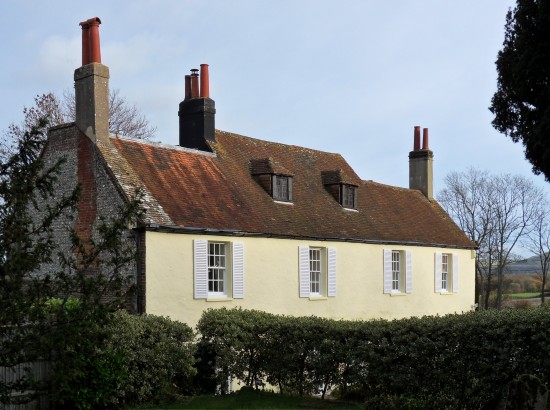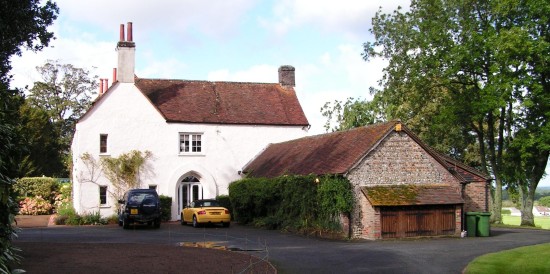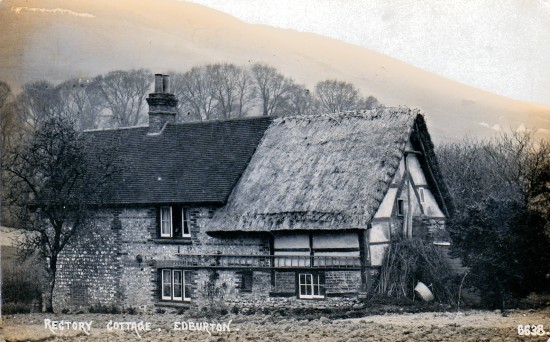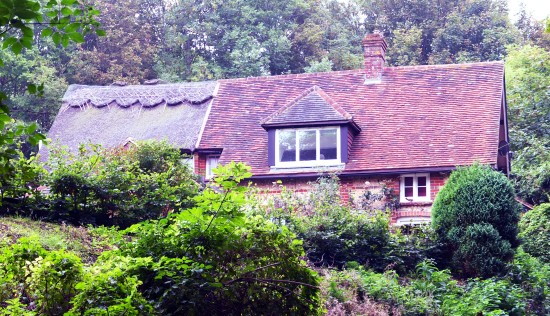Category Archives: St. Andrew’s
Harvest Festival & Picnic
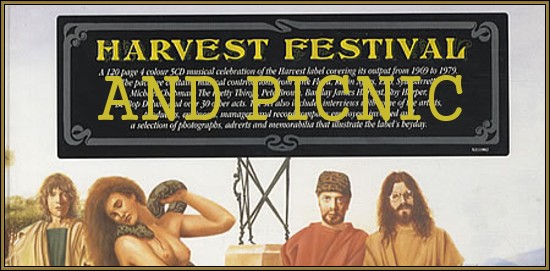
October 19th — a traditional Harvest Festival Service at 11.00am will be followed by our ever popular harvest picnic — bundles of harvest/ploughman’s food tied up in a knapsack and eaten inside or if fine in our grounds, allowing us to take a little ‘time out’ and relax and enjoy our surroundings.
Picnics (£6.50) should be ordered in advance — phone Chris on 01273-857322 or Jane on 07812-465-559.
Book Nook opening hours
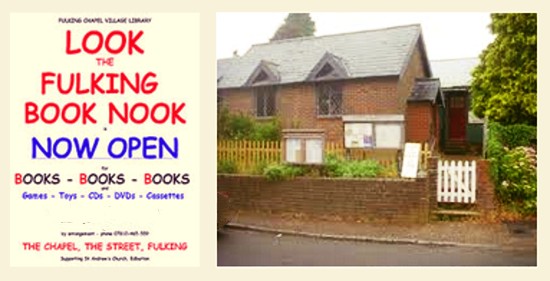
During the winter months we will be changing our hours. For those of you who don’t know about this exciting venture we have transformed part of the Chapel of the Good Shepherd, by the Village Hall in Fulking, into a bring and buy bookshop and have an ever changing selection of bargain books, CDs, DVDs, etc. for sale. All have been generously donated, and last year we raised over £500 from our sales.
Opening Hours from October 1st 2014
All Wednesdays 10:30am–12:00pm
One Sunday each month 11:00am–4:00pm (October 12th, November 9th, December 14th, January 11th, February 8th, March 8th)
We look forward to welcoming you.
P.S. Book Nook now has a large ‘sale’ section of books at reduced prices.
St. Andrew’s Day Quiz

Advance notice: November 28th — this is always a popular event and promises to be a fun evening which will be held once again at the Nomad’s Pavilion in Clappers Lane. Tickets include a ploughman’s supper and sold out quickly last year — so let us know early if you would like to come.
Contact Chris on 01273-857322 or Jane on 07812-465-559 for more details and to enter teams.
Pimms & Hymns
St Andrew’s Church Edburton PCC – EGM
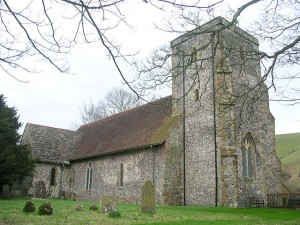
St Andrews Church – Edburton
St Andrews’s Church Edburton PCC invite you to join us for an Extraordinary General Meeting to elect a new Church Warden to fill the current vacancy.
Sunday 6th July at St Andrew’s Church – 12.15 approx.
Everyone welcome.
All parishioners and those on the electoral roll are entitled to vote.
Great Garage Sale in aid of St Andrew’s Church

St Andrews Church – Edburton
Lots of bargains – Bric-a-Brac, toys, books etc as well as home made cakes.
11am – 4pm
Edburton House
C18. Two storeys. Four windows. Faced with roughcast. Tiled roof. Glazing bars intact.
F.A. Howe, who lived next door in the 1950s, is, as usual, more informative:
Today, the oldest part of the building is the wall at the west end, which dates back to 1664. At one time the house had five hearths. After the 1710 collapse noted by Howe, the house was reconstructed in stages during the 1700s and 1800s. First, the roof level of the central section was raised and a little later, between 1754 and 1782, a good-sized room and hall, plus an additional stable were constructed. In the 1800s the main entrance was moved from the south side of the building to the east side and an extension was added to the west end. This included a stairwell, which seems to have been added partly to allow access for pupils attending classes being given by the then Rector. Finally, a kitchen wing was added.The rectory appears to be eighteenth century. If any part of an older building is incorporated, it cannot be much for George Keith (Rector 1705-1716) complained of the rectory as “old and crazy and low”; about the year 1710, when he was ill in bed, the wall against which it stood gave way and tumbled into the garden, drawing the bed and its occupant halfway through the breach. This event, and the heavy timbering of the attics may be pointers to an early date in the eighteenth century for the present building. Subsequent alterations were the adding of a range of stables at the east end by Charles Baker (Rector 1754-1784), which survive except for the coachman’s cottage, and which replaced others farther from the house. Early in the nineteenth century some internal replanning, including the substitution of the present meagre entrance on the east side for one on the south front were made. In 1868, the patch of grassland south of the old east approach to the churchyard was exchanged for crownland north of the church. The Reverend Francis Gell (Rector 1884-1891) dignified this approach, which now ran within his garden, by the erection of the lych gate.
A model railway ran round the grounds of the rectory garden between 1939 and 1945 when Robert Westall was the incumbent and there is some evidence that this layout, or one similar to it, thought to have belonged to a friend of a previous rector, may have been in place from as early as 1924. As far as local residents can recall, it was between a 3″ and a 5″ gauge and electrically driven. The track was supported on piers and ran on a low platform through the garage, where the rolling stock was stored and there was another, smaller, model railway layout in the house itself. Reverend Westhall also had a printing press and was a very competent typesetter. He thus produced the Parish magazine and other church notices himself. He and his family owned a pony and trap and he used this when visiting sick parishioners, often bringing them new laid eggs and items of food (rationing had started in January 1940). Unsurprisingly, Reverend Westall was a popular member of the local community.
In the 1950s, the combined effects of poor management and the Church of England’s losses on the stock market meant that St. Andrew’s and its associated buildings, which included the rectory, became dilapidated. No rector was appointed to St. Andrew’s — there was just a ‘priest in charge’. To prevent the situation becoming any worse, the parishes of Edburton and Poynings were amalgamated in 1957 and John Francis Cornish was appointed as Rector of Edburton and Poynings, a post he held for 22 years. He lived at The Rectory in Poynings. Edburton Rectory, also known as ‘The Vicarage’, was sold in the same year and became a private house.
The first private owner was Frederick Henry Hillson, who was the proprietor of several newsagents in Brighton and Hove. He commissioned a builder to carry out a considerable amount of repair work and during this time a vertical beam that ran from top to bottom of the house was discovered. A specialist surveyor dated this back to the twelfth century. However, today this is once again concealed within the fabric of the building.In 1962, the house was purchased by Teddy Hales and his American wife Anne. Teddy Hales worked as an Inspector of Schools and was influential in getting world history included in the secondary school syllabus. He was also an historian of the catholic church and published half a dozen books in that area between 1954 and 1965.
Like the Reverend Westall, Teddy was a model railway enthusiast and he set about improving the train layout, adding tunnels, viaducts, signals and a station. He eventually modified it to the point where, by removing pieces of glass from an exterior wall, he was able to operate the trains around the garden and through the house, from his office desk. For wet days, he also had a 0-gauge layout, which ran around the upper floor, connected via small holes cut through the walls of each room.
Teddy Hales died in Italy in 1986 and the former rectory was sold. The new owner commissioned further extensive repairs and landscaped the grounds. The path leading to the lych gate entrance to the church is no longer used and, since the house was connected to the mains water supply in 1964, two of three wells in the grounds are also no longer in use. The third is retained in service for watering the garden.
Tony Brooks
References
- F.A. Howe (1958) A Chronicle of Edburton and Fulking in the County of Sussex. Crawley: Hubners Ltd, page 33.
[Copyright © 2013, Anthony R. Brooks. Adapted from Anthony R. Brooks (2008) The Changing Times of Fulking & Edburton. Chichester: RPM Print & Design, pages 201-203, 279-280, 330, 425-426.]
The Downland Churches – December Calendar

Holy Trinity, Poynings; St Andrews, Edburton; St John the Evangelist, Newtimber;
The Transfiguration, Pyecombe [www.downlandchurches.co.uk]
December 2013
Sunday 8th December – Advent 2
10am Holy Communion Newtimber
6pm Carol Service Pyecombe
Traditional Carol Service with the Mid Sussex Brass Band
Sunday 15th December – Advent 3
10am Holy Communion Poynings
11am Holy Communion Edburton
2.30pm Carol Service Newtimber
6pm Carol Service Poynings
Sunday 22nd December – Advent 4
10am Holy Communion Pyecombe
6pm Carol Service Edburton
Tuesday 24th December – Christmas Eve
3.30pm Christingle Service Poynings
11.30pm First Communion of Christmas Pyecombe Edburton
Wednesday 25th December – Christmas Day
8am Holy Communion Poynings
10am Holy Communion Newtimber
Sunday 29th December – Christmas 1
10am Holy Communion Newtimber
Michaelmas Cottage
Michaelmas Cottage is a Grade II listed building in Edburton. It is now a single dwelling but it comprised a terrace of two or three cottages for much of its history. The listing details are as follows:
Possibly the pre-reformation clergy house. C16 timber-framed cottage with plaster and red brick infilling, south end added later. Thatched roof, south end tiled. Casement windows. Two storeys. Two windows.
Hudson (Victoria County History) tells us that
Michaelmas Cottage is a small 16th century timber-framed house with a crown-post roof. A chimney-stack and an upper floor were inserted into the former open hall in the 17th century, and the house was at some time shortened to the north and extended to the south.
During his tenancy, F.A. Howe made a detailed study of “the three cottages, now merged, standing to the south of the church”:
The earliest of these is probably the oldest example of the house of the small yeoman farmer surviving in the parish, and, at least until 1956 it was substantially in its original condition. The walls, resting securely on the solid greensand, are of cob, or consolidated lime reinforced by straw or cattle dung. They are of an average thickness of twenty inches. They enclose the ground floor and support an upper storey of timber framing rising from an inverted king-post gable. The interior is divided by a timber-framed plaster-filled partition running up through both floors, making an entrance lobby 3’6″ by 3′ (the original purpose of the space behind is unknown: it is now a food-store) and the living room 12’0″ by 7’6″, with a height of 5’6″. There is a wooden staircase which may be later than the building. The upper storey, floored on beams resting on the cob walls had a bedroom over the living room from which a second room was entered through a doorway not four feet high under a beam cut away for headroom to the shape of a depressed Tudor arch, a feature of significance in dating the building. This second bedroom, almost entirely under the roof slope (the upright walls of both rooms are not shoulder high), was no wider than the lobby below and was lighted by a single window not more than a foot square. As late as 1900 these rooms were slept in by at least four people, the men in the larger and the women in the other. The living room had a chimney recess in the north wall from which extended the usual baking oven.
A notable and unusual feature is a small opening called an owl window set in the north gable end wall. At one time, grain was stored at the north end of the house, but mice and rats would enter under the roof thatch to raid and spoil the grain, rendering it useless. To prevent this, the window was left open allowing owls to come in and control the mice and rats (Customary Cottage, in Fulking, also has an owl window). Underneath the owl window was a massive, wooden water butt that stood about five and a half feet tall and alongside this was a rosemary bush that grew to a similar height.
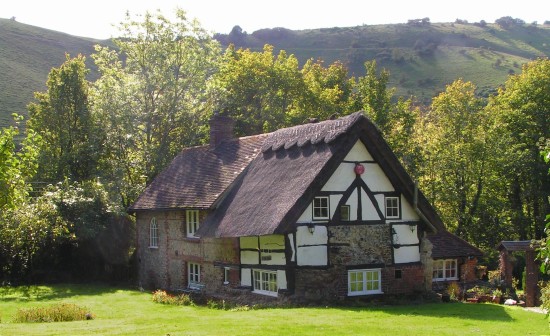
Michaelmas Cottage, Edburton, viewed from the north in 2007. Note the owl window located off-centre immediately above the brickwork in the end wall.
The three cottages had a common owner by 1839 and were subsequently converted into a single dwelling. The house was known as Rectory Cottage around 1900 (see the early postcard reproduced at the top of this post) and later as Half Thatch (for a rather obvious reason) and as Glebe Cottages. For at least part of the first half of the twentieth century, the house was owned by the church. Thus a Mr. and Mrs. Smith were church tenants from 1939 to 1950. Mr. Smith was employed to maintain the vicarage garden and the churchyard whilst his wife took care of the interior of the church which was, at that time, notable for the smell of the lavender polish that she used. The couple also treated the church door once a year with linseed oil, maintained the oil lamps used in the church before electricity was connected and kept two coke burning stoves in working order for use when services and other events were scheduled. During the war, a barrage balloon broke from its moorings in Wish Park in Hove and came to rest in their garden.
Between 1950 and 1956, F.A. Howe and his wife became the tenants. Mr. Howe was a churchwarden and their son was a vicar who often visited the church and also preached there on occasion (he went on to become a bishop). Shortly after leaving Edburton for Henfield, F.A. Howe published A Chronicle of Edburton and Fulking which remains the definitive work on the early history of the parish.
In 1956, the church sold the cottage to Mr. and Mrs. Cavosa, who took up residence with their son and two daughters. Mr. Cavosa caught polio from eating ice cream from a shop in Burgess Hill and died shortly thereafter. In the 1980s, Mrs. Cavosa sold the property to Norman and Rita Holt who lived there until 2006, helping with the church and maintaining the cottage. The Holts renamed the house Michaelmas Cottage. During this time, Norman Holt identified some extensive, old foundations in the grounds, which suggest that a house, vicarage or large barn belonging to the church, but long since demolished, once stood on the site. However Norman Holt died in 2006, before he was able to provide more details of this interesting discovery.
Tony Brooks
References
- F.A. Howe (1958) A Chronicle of Edburton and Fulking in the County of Sussex. Crawley: Hubners Ltd, pages 36 & 79.
- T.P. Hudson (1987) A History of the County of Sussex, Volume VI, Part 3, Bramber Rape. Oxford: OUP, page 47.
[Copyright © 2013, Anthony R. Brooks. Adapted from Anthony R. Brooks (2008) The Changing Times of Fulking & Edburton. Chichester: RPM Print & Design, pages 165, 203-204, 281, 325-326, 409.]
Currently popular local history posts:


